Financial
Analysis of Curve Finance Reentrancy Attack

In July 2023, the Curve Finance reentrancy attack posed a significant security challenge for the leading decentralized finance (DeFi) platform, Curve Finance.
A reentrancy vulnerability within its system was exploited, leading to substantial financial losses across multiple DeFi projects.
We will now explore the vulnerability’s origins, its discovery, and the subsequent steps taken by Curve Finance and the broader DeFi community to address the security lapse.
What is Reentrancy?
On DeFi platforms, reentrancy attacks are malicious vulnerabilities in which a function is indirectly executed by itself before the initial execution is complete.
Such recursion may result in unwanted transactions that exploit smart contract flaws.
In the context of blockchain and Ethereum, in which Curve Finance operates, these flaws can cause significant financial damage due to the irreversible nature of transactions.
Reentrancy occurs when functions call other, untrusted contracts before resolving their effects (such as updating balances), allowing the external contract to re-enter the original function and causing logical disruptions.
For instance, this can lead to several withdrawals from the same deposit, depleting money that ought to be safeguarded.
Historical Context and Previous Incidents
The infamous DAO attack in 2016 was a landmark incident involving a reentrancy exploit, where an attacker drained around a third of the DAO’s funds by repeatedly recalling a function to withdraw Ether.
This event not only led to a significant financial loss but also prompted a hard fork in Ethereum, highlighting the critical importance of secure smart contract design.
Since then, the Ethereum community has prioritized enhancing security measures, yet reentrancy remains a daunting challenge. Various other incidents across the DeFi landscape have echoed the persistent vulnerability to such attacks, underscoring an ongoing battle against exploits in complex smart contract interactions.
This context sets the stage for understanding the recent incident with Curve Finance, in which similar vulnerabilities were exploited due to outdated compiler versions in their smart contracts.
To protect against changing threats in the DeFi sector, the incident serves as a clear reminder of the need for strict security protocols as well as ongoing updates and audits of the smart contract codebase.
Discovery and Response to the Curve Finance Vulnerability
The reentrancy vulnerability in Curve Finance was identified during a routine security audit by an independent developer who was examining the code for potential flaws.
Initial Discovery of the Bug

The vulnerability stemmed from the use of outdated versions of the Vyper compiler, versions 0.2.15, 0.2.16, and 0.3.0, which failed to implement effective reentrancy guards.
This oversight left certain smart contracts open to exploitation, particularly those involving transactions linked to native ETH or tokens adhering to the ERC-777 standard.
Curve Finance and Vyper posted on the social platform X stating:
Technical Analysis of the Vulnerability
The specific flaw allowed attackers to manipulate the contract’s functions to withdraw funds repeatedly before the contract state could be updated to reflect each transaction.
This type of attack exploits the gap between the initiation of a contract call and the state update, a critical period during which the contract is vulnerable.
The Vyper programming language, known for its Python-like syntax and targeted at Ethereum’s virtual machine, was central to the issue.
The language’s updates had not adequately addressed the reentrancy guard, which should prevent multiple entries into vulnerable functions during a single transaction.

Curve Finance’s Immediate Actions
Upon discovery, Curve Finance swiftly responded by halting affected transactions and patching the vulnerability. They updated the compiler and adjusted the smart contracts to include enhanced security checks.
Additionally, the platform launched a white-hat program, encouraging ethical hackers to find and report vulnerabilities in return for bounties. This initiative not only helped fix the immediate issue but also bolstered the platform’s defenses against future attacks.
The response was part of a broader effort to reinforce trust and security within the Curve Finance ecosystem and the DeFi community at large.
Implications for the DeFi Ecosystem
The revelation of the reentrancy vulnerability in Curve Finance triggered a swift and coordinated response across the DeFi community. Various platforms initiated reviews of their protocols, especially those written in Vyper or similar languages prone to similar issues.
Immediate Community Reaction and Long-term Impact on DeFi Security
The incident fueled a widespread reassessment of security strategies within the DeFi space, with many platforms accelerating their security audits and patch implementations to fortify their systems against similar vulnerabilities.
The incident involving Curve Finance is an important reminder of the security risks that are part and parcel of the DeFi industry.
It emphasized the need for continuous improvement in smart contract design and validation techniques. As a result, there has been a significant increase in the adoption of more rigorous testing environments and security frameworks, which are critical for maintaining trust and stability in DeFi.
The incident has also underscored the necessity of community vigilance and the role of white-hat hackers in detecting and mitigating possible dangers before they can cause widespread damage.
Strengthening DeFi Security
To mitigate risks such as reentrancy attacks, developers must implement best practices in smart contract design, such as the checks-effects-interactions pattern, which organizes code to make unexpected reentries difficult.
Regular security audits and the integration of security tools that automate the detection of common vulnerabilities are crucial.
Developers are also encouraged to use updated and secure compilers to avoid introducing flaws that can be exploited.
Strategic Recommendations for DeFi Platforms
DeFi platforms should establish robust security frameworks that include continuous monitoring and rapid response systems.
Encouraging a culture of security within the development community and incentivizing the disclosure of potential vulnerabilities through bug bounty programs are effective strategies.
These efforts enhance not only the security of individual platforms but also contribute to the resilience and trustworthiness of the entire DeFi ecosystem.
Enhancing DeFi Security Post-Curve Finance Reentrancy Attack
The reentrancy vulnerability exposed in Curve Finance served as a critical wake-up call for the DeFi sector.
It underscored the perpetual need for vigilance, robust security protocols, and the proactive involvement of the community in safeguarding digital assets.
The occurrence sparked a round of security reassessments across several DeFi platforms, emphasizing the significance of ongoing development in smart contract design and implementation.
DeFi platforms must adopt secure coding practices, prioritize thorough and frequent audits, and keep up with the most recent advancements in smart contract security if they are to improve security measures.
The implementation of automated vulnerability detection tools and the promotion of a security-first approach among developers will be pivotal in averting such incidents.
Final thoughts and FAQ:
The incident highlights the effectiveness of community-driven security enhancements, such as bug bounty programs and white-hat initiatives, which not only help in identifying vulnerabilities but also foster a collaborative approach to security.
As DeFi continues to evolve, the commitment to implementing these best practices will be pivotal in shaping its resilience and ensuring the trust of users and investors in this dynamic and promising sector of the financial industry.
- What is a reentrancy attack in DeFi?
When a malicious actor takes advantage of a smart contract vulnerability that allows a function to be called more than once before its initial invocation is finished, it can result in unauthorized actions like multiple withdrawals. This type of attack is known as a reentrancy attack in the context of decentralized finance (DeFi). - How was the Curve Finance reentrancy vulnerability discovered?
When an independent developer conducted a routine audit, they discovered the Curve Finance reentrancy vulnerability. Outdated versions of the Vyper compiler did not properly implement reentrancy guards, leaving smart contracts vulnerable to attacks. - What steps did Curve Finance take in response to the vulnerability?
The affected smart contracts were updated, security measures were strengthened, and Curve Finance introduced a bug bounty program to incentivize the community to report possible security flaws. Curve Finance swiftly addressed the vulnerability. - What are the best practices to prevent reentrancy attacks in DeFi?
Best practices include using the checks-effects-interactions pattern in smart contract development, conducting regular and comprehensive security audits, and employing up-to-date and secure compilers to minimize risks. - What impact did the reentrancy exploit have on the DeFi ecosystem?
The exploit led to significant financial losses and prompted a broader reassessment of security protocols across multiple DeFi platforms. It highlighted the need for continuous improvement in security practices and community engagement in the security process.
Blockchain
State Street and Galaxy to Launch Solana-Based Tokenized Fund, Marking a Major Milestone for Onchain Finance
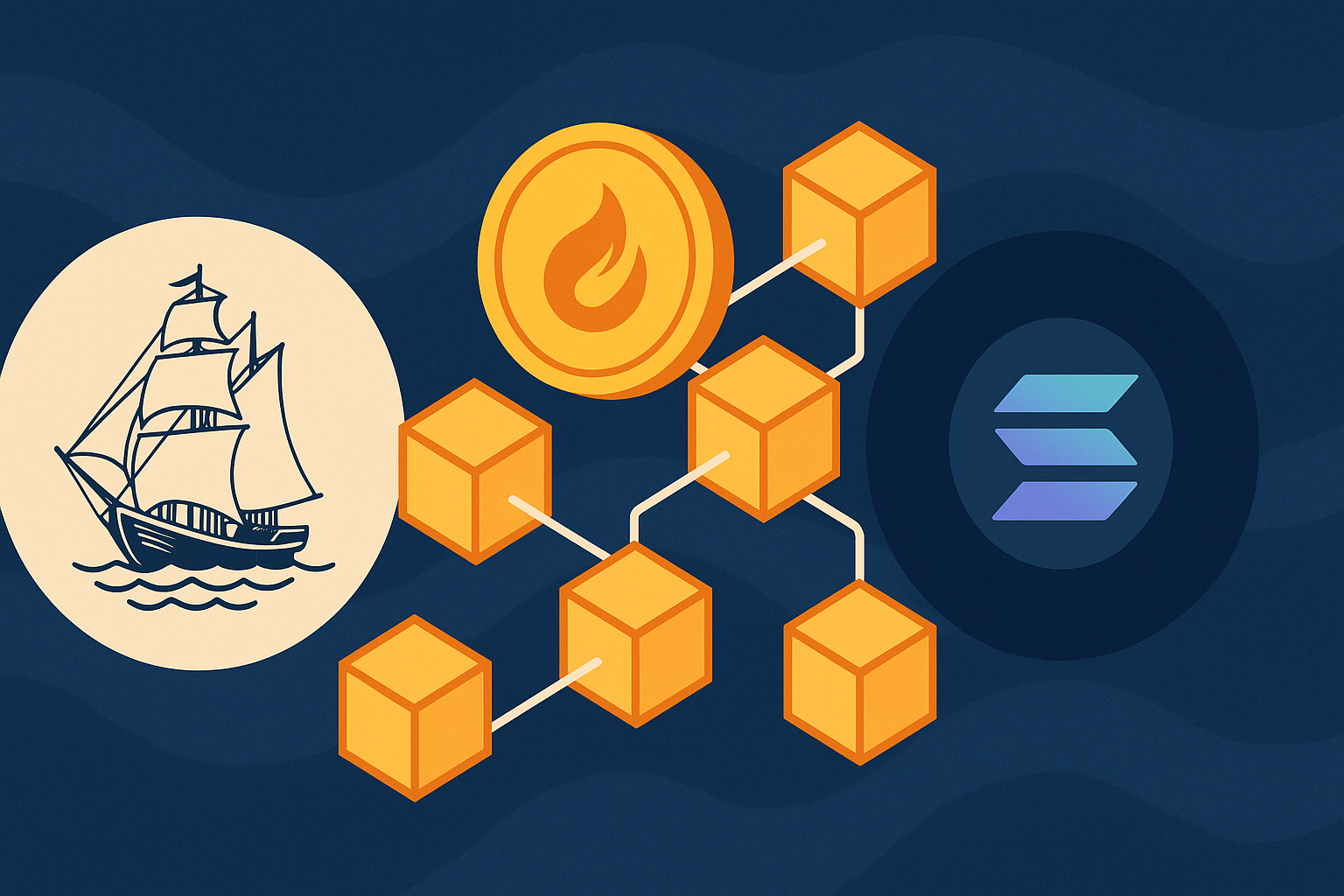
State Street and Galaxy Asset Management are taking tokenized finance to a new level with the announcement of the State Street Galaxy Onchain Liquidity Sweep Fund (SWEEP), set to launch on Solana in early 2026. The initiative represents a major leap for institutional blockchain adoption, marking the first time a global systemically important bank issues a product directly on Solana. Backed by Ondo Finance’s $200 million commitment, SWEEP aims to deliver an institutional-grade, fully onchain cash-management solution powered by PYUSD.
SWEEP Becomes the First Solana-Based Offering From a Global Bank
SWEEP will issue its initial tokens on Solana, chosen for its fast settlement times, low fees, and strong ecosystem for institutional-grade tokenization. The companies noted that this marks the first Solana-issued product from a top-tier global bank — a milestone that underscores how quickly the blockchain is becoming a preferred platform for real-world assets (RWAs).
While Solana will serve as the launch network, State Street and Galaxy confirmed that future expansions will support Stellar and Ethereum, with Chainlink infrastructure enabling secure cross-chain data and asset transfers.
24/7 Investor Flows Powered by PYUSD
Unlike traditional financial products limited by banking hours, SWEEP will operate around the clock, offering continuous subscription and redemption flows using PayPal’s PYUSD. This design provides institutions with a cash-like onchain product that preserves the liquidity and accessibility of traditional sweep accounts, but with blockchain-native transparency and automation.
Only Qualified Purchasers who meet regulatory standards will be eligible to invest in SWEEP.
State Street Bank and Trust Company will serve as the custodian for the fund’s underlying treasury assets, preserving the compliance and security institutions expect.
A New Era of Onchain Cash Management for Institutions
SWEEP is tailored specifically for institutions seeking to manage liquidity onchain without sacrificing the stability of traditional cash instruments. Kim Hochfeld, State Street’s global head of cash and digital assets, said the collaboration signals a major shift in how banks and crypto-native firms work together, allowing them to jointly push forward the evolution of onchain financial infrastructure.
Galaxy’s global head of asset management, Steve Kurz, emphasized that the product is designed to give digital-first investors a new operational liquidity tool, supported by Galaxy’s digital infrastructure for issuance and lifecycle management.
Ondo Strengthens Tokenization Momentum With $200M Investment
Ondo Finance President Ian De Bode highlighted that the firm’s $200 million seed commitment reinforces the accelerating convergence between traditional finance and blockchain-based markets. Tokenized funds like SWEEP, he noted, offer more efficient operating models and unlock new liquidity pathways for institutions.
State Street, Galaxy, and Ondo already share a history of collaboration, including partnerships around digital asset ETFs launched in 2024. SWEEP continues that trajectory while signaling growing confidence in tokenization as a core pillar of institutional finance.
A Transformative Step for Institutional Onchain Products
With SWEEP, State Street and Galaxy are positioning themselves at the forefront of tokenized asset innovation. By combining institutional-grade custody, blockchain-native liquidity, and a public network like Solana, the fund demonstrates how traditional finance and crypto infrastructure can now operate side by side — and in many cases, enhance one another.
As 2026 approaches, SWEEP could become one of the most influential institutional tokenization launches yet, paving the way for more real-world assets to move onchain.
Crypto
Massive SOL Transfer: Whale Moves $229 Million to Coinbase Institutional in a Major Crypto Shift
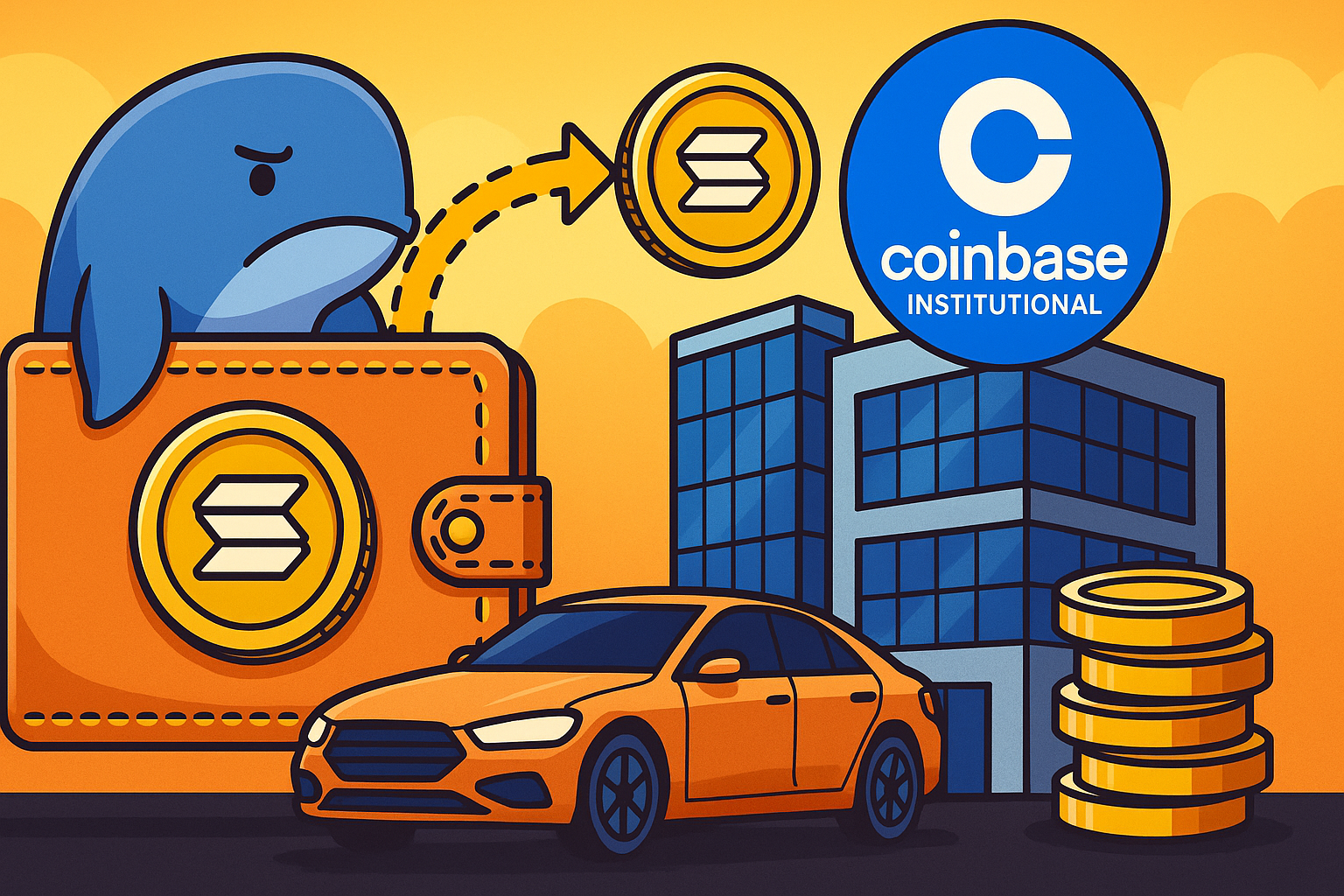
A massive wave hit the crypto markets this week after blockchain tracker Whale Alert flagged a jaw-dropping transaction: 1,660,919 SOL—worth roughly $229 million—was moved from an unknown wallet to Coinbase Institutional. This transfer ranks among the most significant Solana-related institutional movements of the year and has immediately sparked widespread speculation about the motivations behind it.
What Does This Huge SOL Transfer Really Mean?
When hundreds of millions of dollars shift across the blockchain, it’s never just routine bookkeeping. A whale transferring SOL to a regulated institutional platform like Coinbase Institutional usually signals a deliberate, strategic decision.
Such a move could indicate:
- out necessarily triggering immediate selling
Because the destination is Coinbase’s institutional custody arm, the transaction more likely reflects secure long-term holding or staking, rather thStaking intentions, where institutions position assets to earn yield
- Portfolio restructuring, especially for large funds
Preparation for future liquidity, with short-term sell pressure.
Why Whale Transactions Matter So Much
Whales—large holders capable of moving markets—serve as powerful indicators of sentiment and strategy in crypto. A SOL transfer of this magnitude offers valuable clues about how sophisticated players view current market conditions.
Key insights include:
Market Confidence: Moving to custodial storage signals trust in Solana’s long-term value.
Liquidity Effects: Although transferred to an exchange, the SOL may not enter open market circulation.
Institutional Momentum: It highlights Solana’s rising prominence alongside Bitcoin and Ethereum in professional portfolios.
Could This Impact Solana’s Price?
The immediate price reaction to whale activity is often subtle. While selling $229 million in SOL outright could weigh heavily on the price, transferring to Coinbase Institutional suggests a more structured approach.
Historically, large inflows to institutional custodians have:
- Preceded accumulation phases
- Signaled rebalancing, not liquidation
- Coincided with long-term bullish positioning
Retail investors should watch exchange inflows, order book depth, and market liquidity in the days following such events.
A Milestone for Solana’s Institutional Standing
This transfer reinforces Solana’s place among elite blockchain networks. The seamless movement of nearly a quarter-billion dollars demonstrates:
- Network scalability and reliability
- The strength of Solana’s institutional-grade infrastructure
- Growing trust from major financial entities
As more institutions move significant capital into Solana, the ecosystem gains further validation—boosting developer confidence, accelerating dApp growth, and increasing staked value securing the network.
How to Interpret This as a Crypto Observer
To make the most of whale-watching insights:
- Use whale alerts as context, not absolute signals.
- Study broader market flows—is this part of a larger rotation into SOL?
- Focus on fundamentals: Solana’s tech advantages, active developer base, and expanding ecosystem matter far more than any single transfer.
Conclusion
The transfer of 1.66 million SOL is far more than a headline—it’s a strong indicator of crypto’s evolving institutional landscape. Whether the whale is securing assets, preparing for staking, or gearing up for innovative financial products, the sheer scale and destination of the transaction speak volumes about Solana’s growing stature.
In an industry driven by trend shifts and liquidity waves, moves like this highlight how deeply intertwined institutional finance and blockchain networks have become.
Frequently Asked Questions (FAQs)
Q1: What is a ‘whale’ in crypto?
A whale is an individual or entity holding enough of a cryptocurrency to significantly impact its market through buying, selling, or transferring assets.
Q2: Why transfer SOL to Coinbase Institutional instead of regular Coinbase?
Coinbase Institutional provides enhanced custody, OTC trading, specialized support, and regulatory-grade solutions tailored for large investors and funds.
Q3: Does this transfer indicate the whale is about to sell?
Not necessarily. Institutional custody often implies long-term holding, staking, or collateralization—not immediate liquidation.
Q4: How do I track similar large transactions?
Use blockchain explorers like Solscan or alert services like Whale Alert for real-time notifications.
Q5: How is SOL different from Bitcoin?
SOL powers the Solana blockchain—a high-speed, low-cost smart contract network. Bitcoin is primarily a decentralized digital currency optimized for security and scarcity.
Q6: Could this be related to an ETF or institutional product?
While speculative, large transfers to institutional custodians are sometimes associated with fund creation or asset preparation for future financial products. No official link has been confirmed.
Crypto Currency
Vivek Ramaswamy’s Strive Targets $500 Million Raise to Deepen Corporate Bitcoin Strategy

Strive, the publicly traded asset management firm co-founded in 2022 by American entrepreneur and politician Vivek Ramaswamy, has unveiled an ambitious plan to raise $500 million through a new stock offering. The fresh capital is designed to accelerate the company’s Bitcoin-focused treasury strategy—an approach reminiscent of the playbook popularized by Michael Saylor.
In its Tuesday announcement, Strive noted that proceeds from the raise will be used for broad corporate purposes, including purchasing additional Bitcoin, investing in Bitcoin-related financial products, and bolstering working capital. The company also hinted that some funds may go toward acquiring “income-generating assets,” though it has yet to provide further detail on what those investments might include.
Strive Expands Its Footprint as a Leading Corporate Bitcoin Holder
Strive currently holds 7,525 BTC, worth approximately $694 million at today’s prices, placing it among the top corporate Bitcoin holders globally at rank 14. This push into Bitcoin intensified earlier this year when Strive formally transitioned to a Bitcoin-treasury model following a public reverse merger in May. That momentum continued in September when the firm acquired Semler Scientific—a move that significantly boosted Strive’s scale and positioned the combined entity among the heavyweight Bitcoin-holding corporations.
Since rolling out its first ETF in August 2022, Strive Asset Management has rapidly expanded its product lineup and now manages more than $2 billion in assets. Investor enthusiasm appears to be reflecting that growth. Shares of Strive (ASST) closed 3.6 percent higher at $1.02 on Tuesday, more than doubling in value throughout 2024, according to Google Finance.
Strive Pushes for MSCI to Recognize Bitcoin Treasury Companies
In a related development, CEO Matt Cole has called on global index provider MSCI to give market participants the ability to decide whether companies holding substantial Bitcoin reserves should be included in passive investment indexes. MSCI has been reviewing whether Digital Asset Treasury (DAT) companies—firms with balance sheets comprising more than 50 percent crypto assets—should remain eligible for index inclusion.
Cole’s appeal highlights a broader debate in global finance: how should markets classify and present companies whose treasuries are heavily weighted toward digital assets? The firm’s planned $500 million raise further signals Strive’s determination to increase its Bitcoin exposure while shaping ongoing regulatory and index-policy conversations.
With this move, Strive joins a growing wave of publicly traded companies tapping capital markets to accumulate Bitcoin, reinforcing the cryptocurrency’s rising importance in modern corporate treasury strategies.
-

 Crypto3 years ago
Crypto3 years agoCardalonia Aiming To Become The Biggest Metaverse Project On Cardano
-
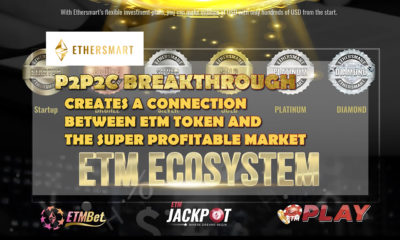
 Press Release5 years ago
Press Release5 years agoP2P2C BREAKTHROUGH CREATES A CONNECTION BETWEEN ETM TOKEN AND THE SUPER PROFITABLE MARKET
-
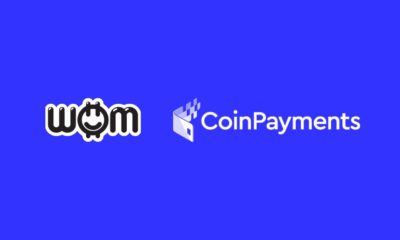
 Blockchain5 years ago
Blockchain5 years agoWOM Protocol partners with CoinPayments, the world’s largest cryptocurrency payments processor
-

 Press Release5 years ago
Press Release5 years agoETHERSMART DEVELOPER’S VISION MADE FINTECH COMPANY BECOME DUBAI’S TOP DIGITAL BANK
-
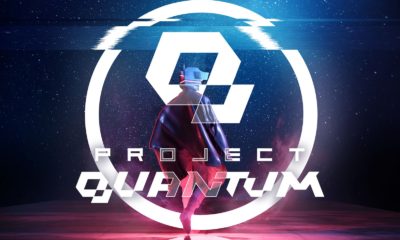
 Press Release5 years ago
Press Release5 years agoProject Quantum – Decentralised AAA Gaming
-

 Blockchain5 years ago
Blockchain5 years agoWOM Protocol Recommended by Premier Crypto Analyst as only full featured project for August
-

 Press Release5 years ago
Press Release5 years agoETHERSMART DEVELOPER’S VISION MADE FINTECH COMPANY BECOME DUBAI’S TOP DIGITAL BANK
-

 Blockchain6 years ago
Blockchain6 years ago1.5 Times More Bitcoin is purchased by Grayscale Than Daily Mined Coins






